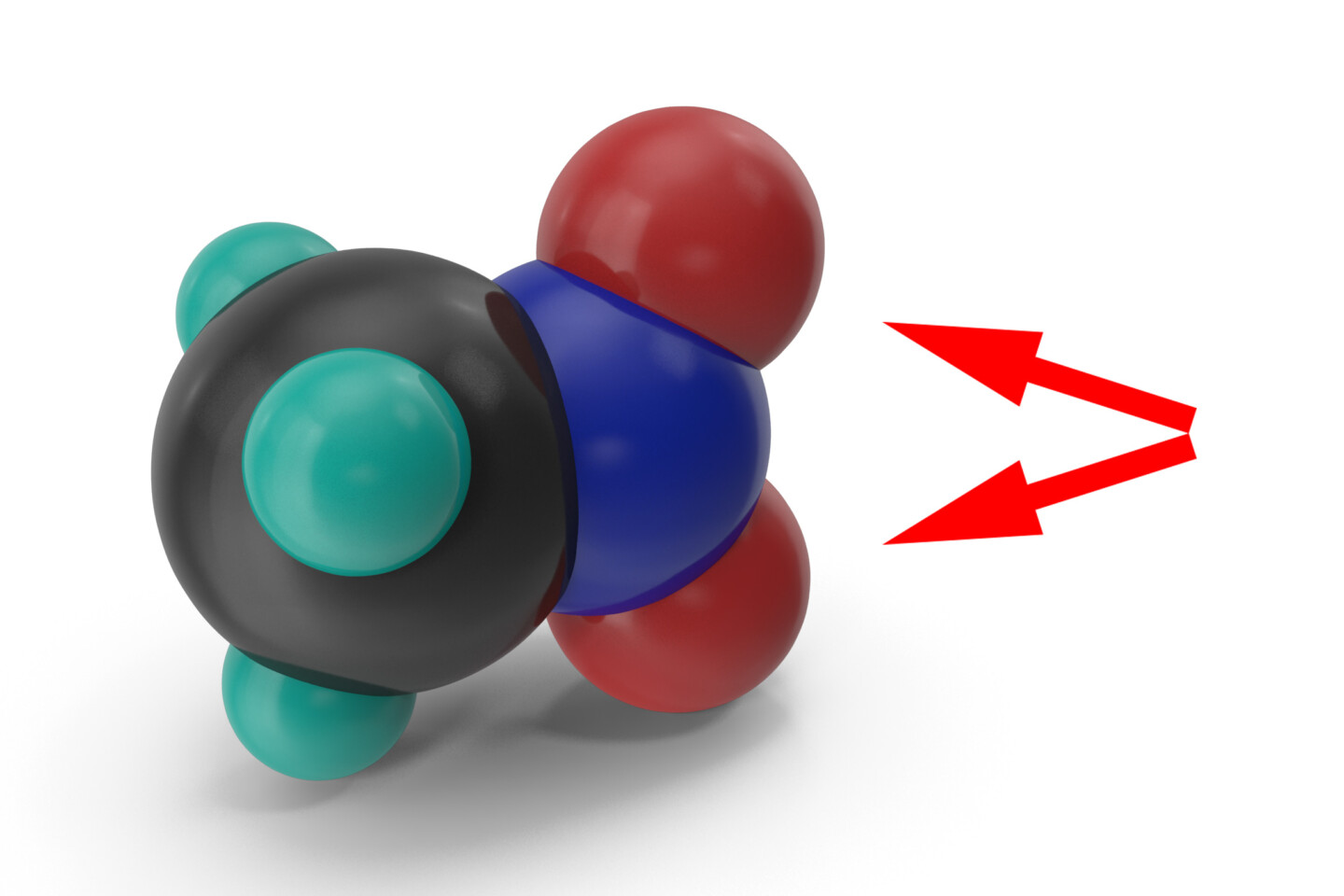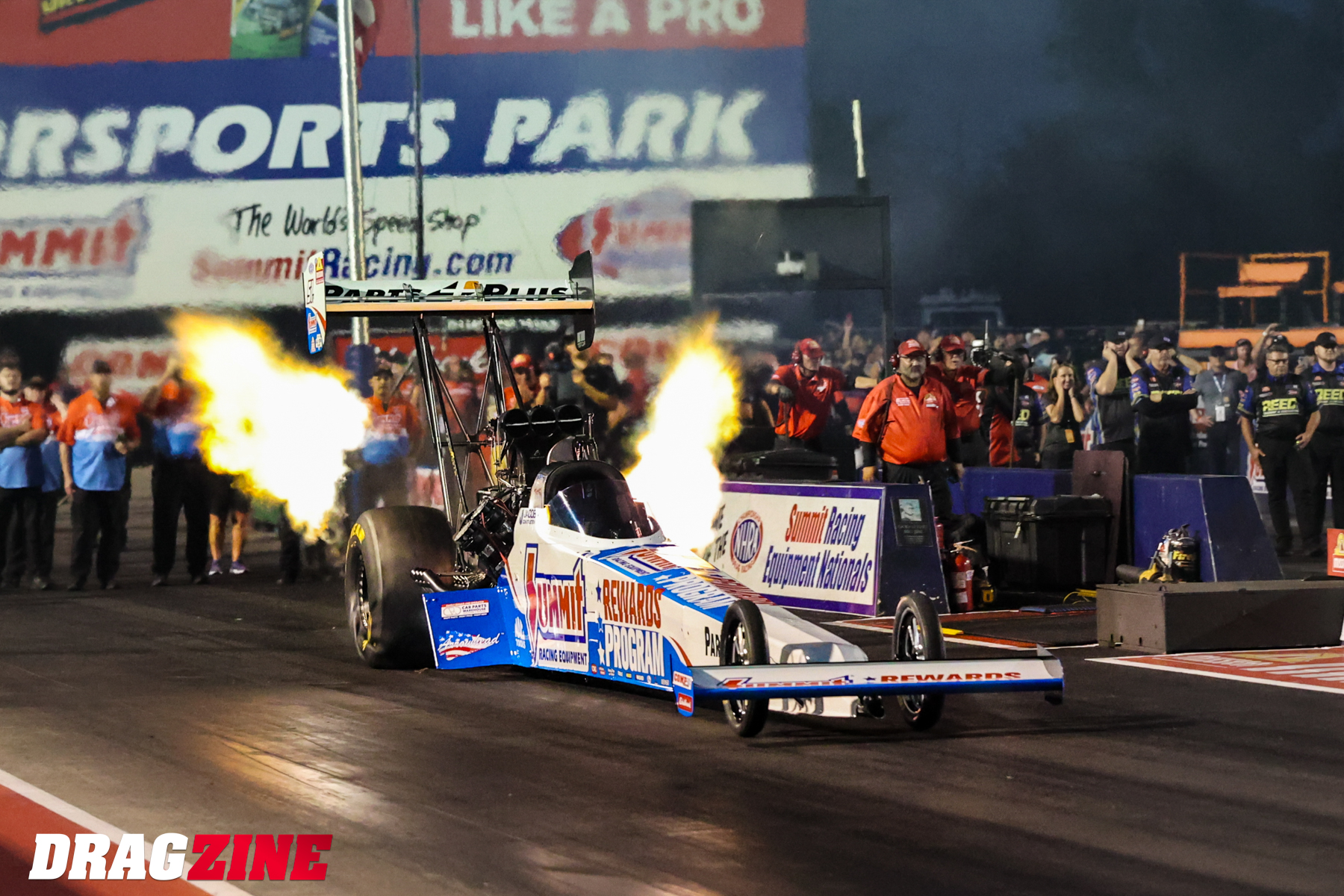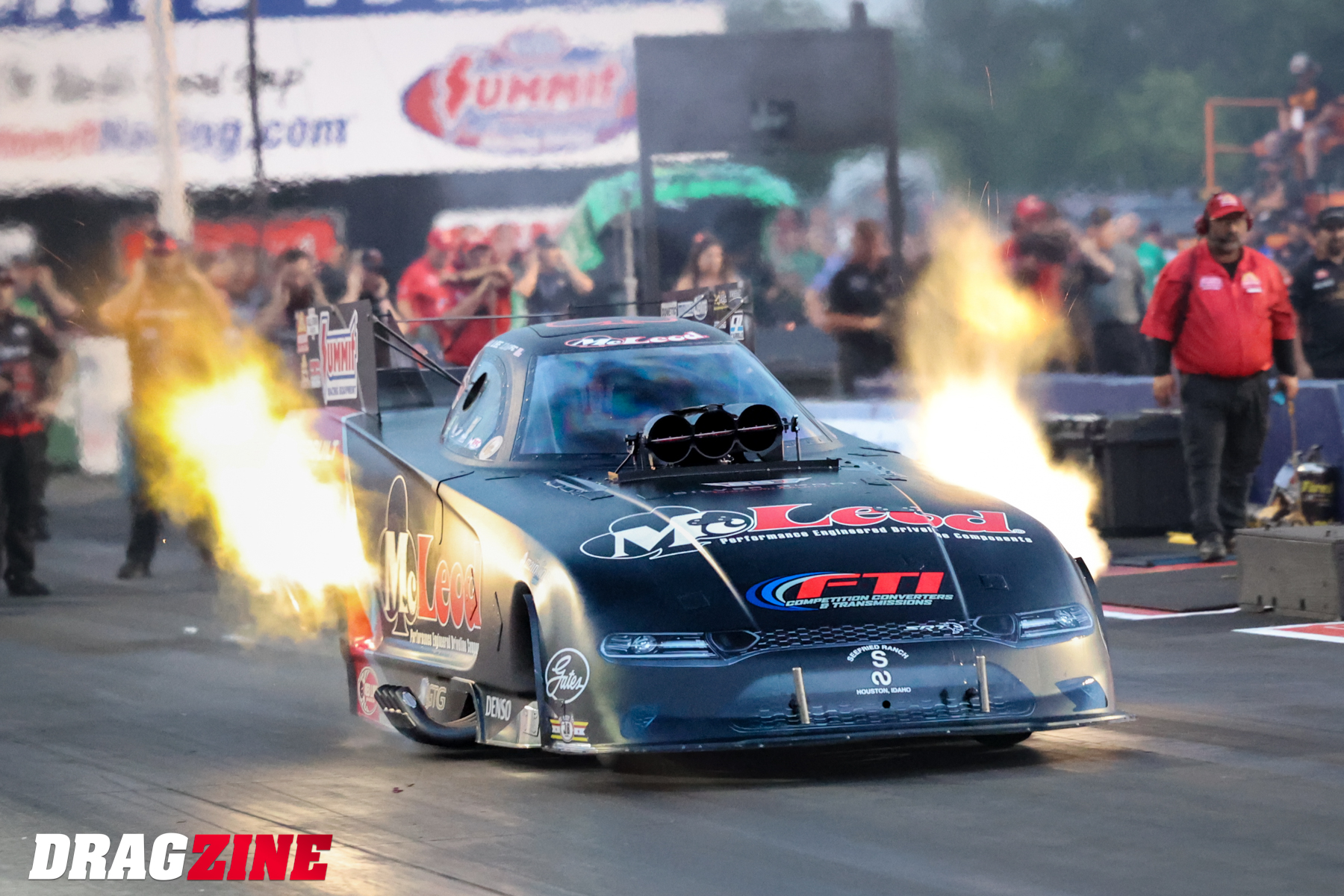The roar of engines, the smell of burning rubber, and a blur of speed: that’s exactly what motorsport is all about. But behind the spectacle comes a very important element: fuel. Your road car chomps happily on gasoline, but Top Fuel dragsters and those of the big drag racing monsters crave a different cocktail: nitromethane. Commonly known as “nitro,” this unleashes a level of power that leaves gasoline in the dust. What is it about nitro and gasoline, though, that makes them so different? Let’s break down the chemistry and combustion behind this explosive difference.
A Tale of Two Fuels
Gasoline is a liquid mixture of different hydrocarbons derived from crude oil. When gasoline burns, the bonds of the hydrocarbon chains break apart, reacting with oxygen during combustion to produce energy. In a perfect world, gasoline combustion would result in only carbon dioxide and water.
The nitromethane, by contrast, is a much more homogenous fuel with only one chemical formula involved: CH3NO2. Unlike gasoline, it carries its own oxygen supply within its molecular structure. This key difference means nitro needs less external oxygen to burn, allowing a nitro engine to consume and combust significantly more fuel in each cycle with an equal amount of intake air. The upshot is a massive amount of power that pushes engines to their absolute limits.
Nitro engines run on a lower compression ratio than gas engines, because the fuel’s exceptional combustion properties provide the required cylinder pressures without heavy mechanical compression. The ignition timing needs of a nitro engine are unique, as even though nitromethane burns faster than gasoline in a lab, the sheer volume of the fuel being burned in the chamber takes more time than gasoline, and requires timing changes to account for that.
The Nitro Throne
However, this power comes at a price. Nitro combusts rather fast — almost explosively — compared to gasoline. This not only makes it hard on parts, but very difficult to tune. It’s also far less forgiving of a bad tuneup than standard gasoline. Off the track, nitromethane is also far more difficult to acquire and transport in the quantities a race program needs because of safety and governmental regulations.
Despite all these limitations, nitro, simply put, still reigns supreme in the top tiers of drag racing where pure brutish power is the name of the game. From the ear-shattering roar of Top Fuel dragsters to the ultrasonic whine of model engines, nitro fuels our need for speed, delivering a performance that no gasoline can.
























